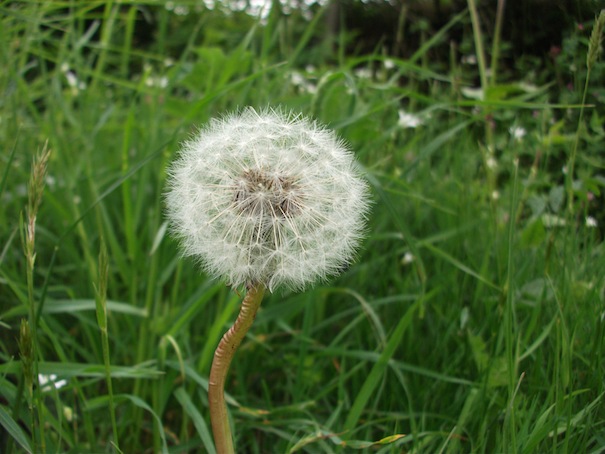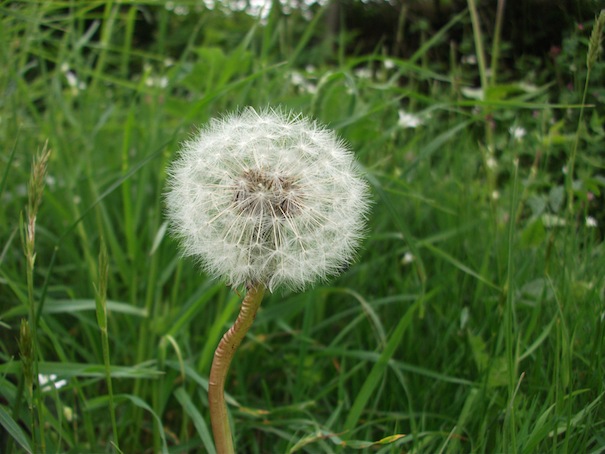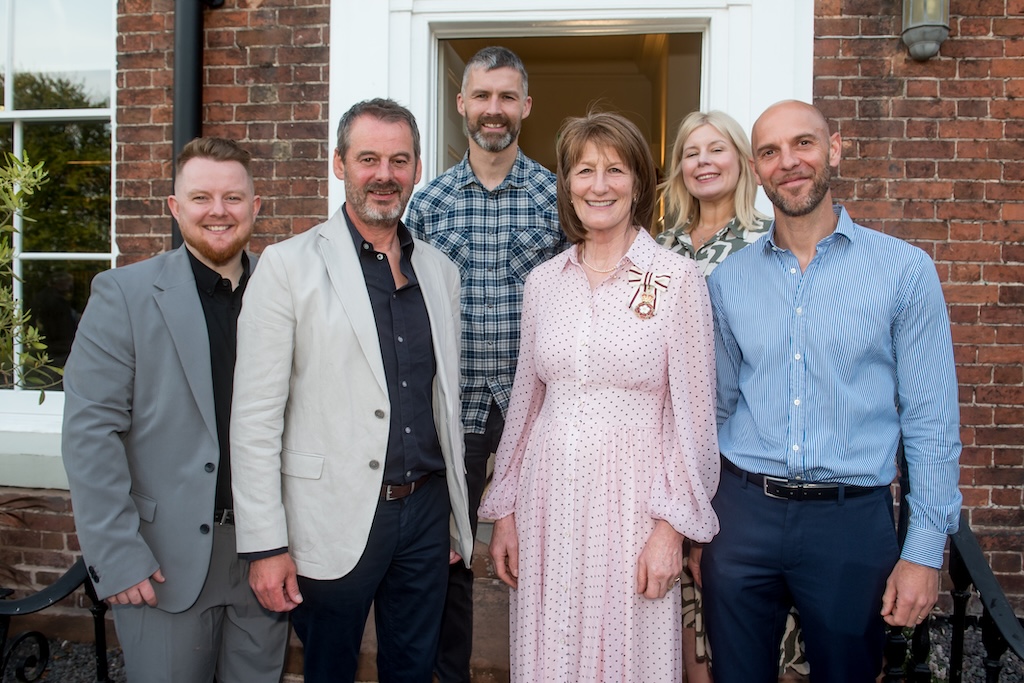Our local wildlife expert, Edward Andrews, considers the life cycle of parasites and their hosts.
This month’s inspiration came while I was taking a walk around Helmeth Wood near Church Stretton on a showery, blustery day. Helmeth is owned and managed by the Woodland Trust. The dominant tree species is sessile oak, which thrives on the steep hillside. It’s a particularly beautiful place to be in late May, with the forest floor a carpet of azure bluebells. As I walked along the edge of the site, I spotted redstart and pied flycatchers, two of our most attractive spring migrants.
I passed through a kissing gate, following a track alongside some very old hazel stools, when I suddenly noticed some unusual-looking plants growing next to the track. There were around 20 creamy white spikes with a scaly texture sticking up out of the ground. This is toothwort, a prevalent wildflower in this part of Shropshire, but one that’s easily overlooked as it spends most of the year underground, until it sends up ghostly flowering spikes in springtime. As you may recall from school biology lessons, the green pigment in plants is called chlorophyll and it enables plants to absorb energy from light through photosynthesis. The fact that toothwort is white indicates that it gets energy by another means. The plant is, in fact, a parasite which steals nutrients from the roots of hazel trees.
Parasitism is defined as a relationship between two organisms whereby one organism (the parasite) benefits at the expense of the other (the host). This is different to symbiosis where both organisms benefit from the relationship.
Some species are unfairly labelled as parasites. Down by the stream at Helmeth Wood is an alder tree with a thick ivy stem spiralling up its trunk; ivy leaves spread throughout the crown of the tree. Ivy is a plant that is often maligned as stealing nutrients from trees. However, it actually gets nutrients through its root system. It’s simply a climber that uses trees for support.
However, ivy’s not completely innocent; the extra weight and wind resistance it brings can make a tree more prone to wind damage. It’s worth remembering, though, that ivy has many benefits for wildlife. Birds nest within the dense evergreen foliage. It also conceals roosting tawny owls and hibernating brimstone butterflies. As you read this, the caterpillars of the holly blue butterfly will be munching away on ivy leaves at Helmeth Wood. Parasites play an important role in the life cycle of this pretty visitor.
The holly blue experiences a ‘boom and bust’ population cycle, due to the impact of a parasitic ichneumon wasp. The wasp has a sharp ovipositor that it uses to inject an egg into a caterpillar. The wasp grub develops inside the caterpillar once it pupates, and it’s a wasp rather than a butterfly that eventually emerges from the pupa. The two population cycles are intimately linked. When the wasp population grows, butterfly numbers fall. The following year, with less caterpillars in which to lay their eggs, wasp numbers fall, which allows butterfly numbers to increase once again. This is a common theme in the natural world where parasites have evolved alongside their host. Despite the wasp’s best efforts, the holly blue population is actually increasing over the long term.
Problems can occur where a new parasite arrives in a population that is not used to it. Take the once-common small tortoiseshell butterfly… A species of fly called sturmia bella arrived in Britain in 1998 from the continent. The fly lays eggs on nettle leaves, which are then consumed by small tortoiseshell caterpillars. The eggs hatch inside the caterpillars and maggots emerge from inside the caterpillars, killing them in the process. The drastic drop in butterfly numbers is believed to be a direct result.
Throughout Helmeth Wood are organisms of all types, coexisting and affecting each other in different ways. The relationship between parasite and host is just one example of this. As the southerly wind starts to blow the seeds from the dandelion clock, the cuckoo arrives in the woodland. Time in the natural world is marked by events such as this. The song of the cuckoo is about fluffy white clouds in a baby blue sky; about long carefree days and summer sunsets. The very word ‘parasite’ can conjure up images of bloodsucking leeches and fleas… but the cuckoo is also classed as a brood parasite. What would the British countryside be without this harbinger of summer?
Do one thing for wildlife this month
It’s not just the small tortoiseshell butterfly that’s having a tough time. Last summer’s weather had a terrible impact on many butterfly species. Butterfly Conservation is seeking volunteers to take part in the ‘Wider Countryside Butterfly Survey’: You’ll be allocated a random 1km square near your house. You then simply walk across through the square twice in July and August, recording all the butterflies you see. The survey’s an important way of monitoring butterfly populations across the countryside and looking at the impact of habitat management, weather, parasites and other factors.
For more details, please visit http://www.ukbms.org/wcbs.aspx
– Edward Andrews MSc.







